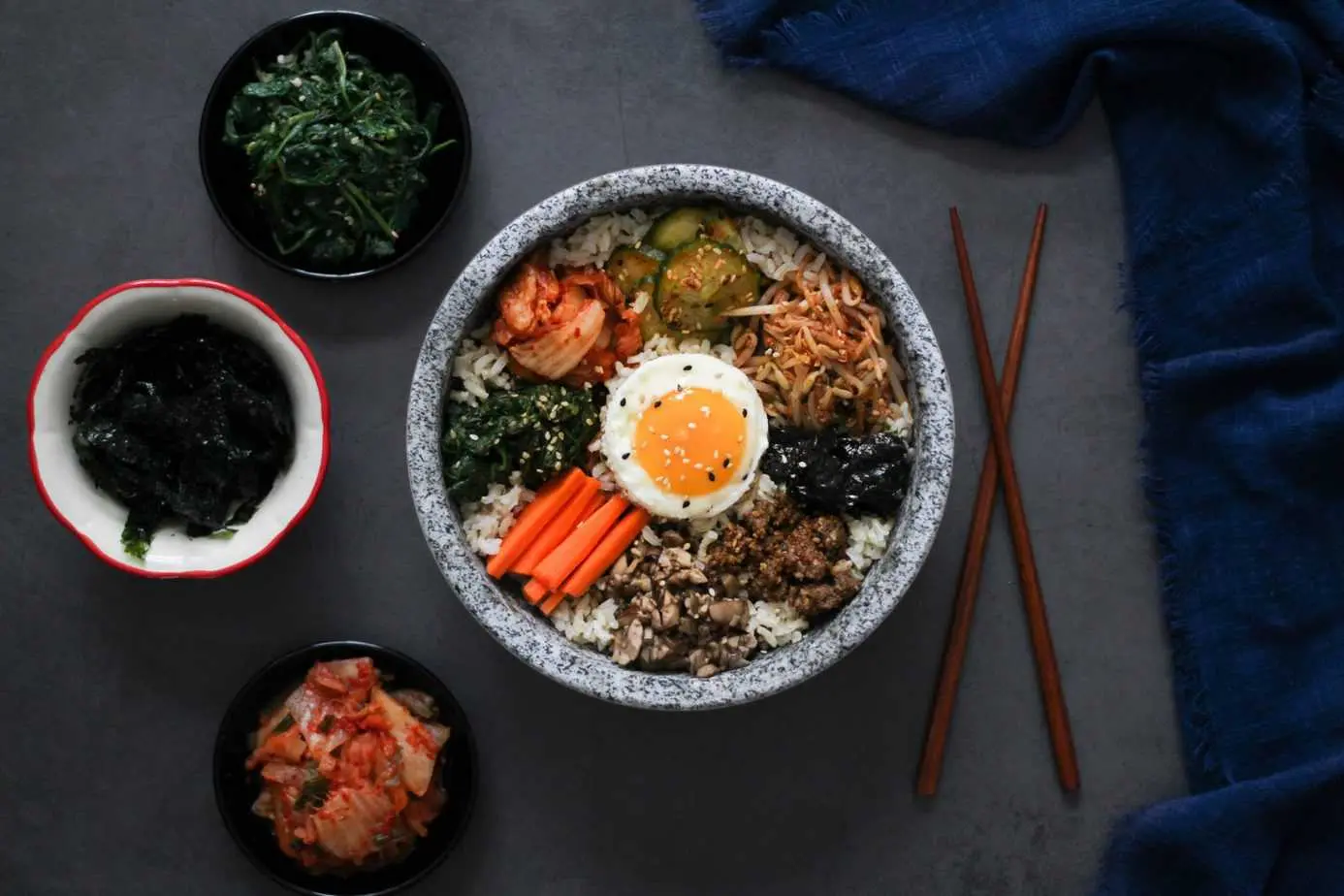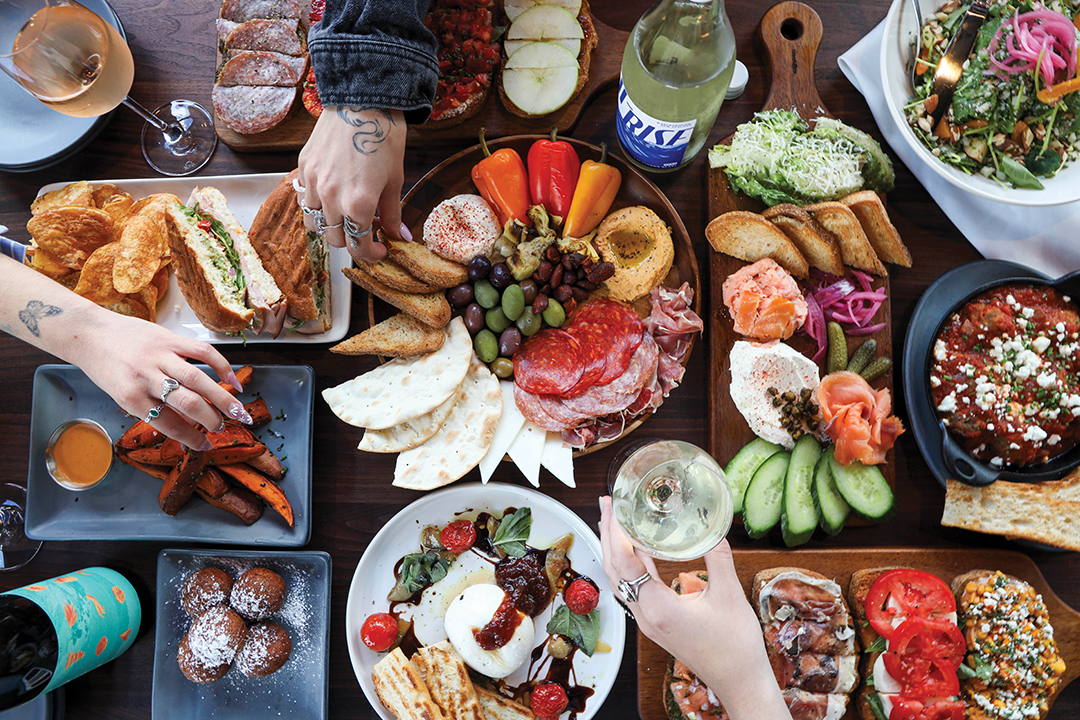nightglow.info – Dolsot Bibimbap is a classic Korean dish that offers a vibrant and flavorful culinary experience. Served in a hot stone pot, this version of bibimbap enhances the traditional dish with a unique twist—creating a delightful contrast of textures and flavors. This article explores the origins, preparation, and cultural significance of Dolsot Bibimbap.
Origins and Cultural Significance
Bibimbap, which translates to “mixed rice,” is a staple in Korean cuisine with roots tracing back to the late Joseon Dynasty. It originally served as a convenient meal for farmers who needed a nutritious and quick dish. The introduction of the dolsot, or hot stone pot, took this beloved dish to new heights by adding a crispy texture to the rice.
Dolsot Bibimbap is not just a meal but a symbol of harmony and balance, reflecting the principles of Korean culture. Each component of the dish represents different elements and colors, embodying health and prosperity.
Ingredients and Preparation
The beauty of Dolsot Bibimbap lies in its simplicity and versatility, allowing for endless combinations of ingredients based on personal preference and seasonal availability.
Key Ingredients
- Rice: Short-grain rice is typically used for its sticky texture, which forms a crispy crust when cooked in the hot stone pot.
- Vegetables: Commonly used vegetables include spinach, bean sprouts, carrots, zucchini, and mushrooms, each providing distinct flavors and colors.
- Protein: A choice of protein such as beef, chicken, tofu, or a fried egg is often added for additional flavor and nutrition.
- Gochujang: This spicy red chili paste is a quintessential component, providing heat and depth to the dish.
- Sesame Oil: A drizzle of sesame oil enhances the aroma and adds a nutty flavor.
Preparation Steps
- Preparing the Ingredients: Cook and season each vegetable separately to maintain their individual flavors. Slice the protein into thin strips and cook until tender.
- Heating the Stone Pot: Place the stone pot on medium heat. Add a little sesame oil to coat the bottom, which helps create a crispy rice layer.
- Assembling the Bibimbap: Place the cooked rice in the stone pot, pressing it down slightly. Arrange the vegetables and protein on top in a visually appealing manner.
- Adding the Finishing Touches: Top with a raw or fried egg and a dollop of gochujang. Allow the pot to heat for a few minutes until the rice at the bottom becomes golden and crispy.
- Mixing and Enjoying: Before eating, mix all the ingredients together thoroughly, allowing the flavors to meld and the heat of the stone pot to continue cooking the dish.
Conclusion
Dolsot Bibimbap is more than just a meal; it’s an interactive dining experience that engages the senses. The sizzling sound, enticing aroma, and vibrant presentation make it a feast for both the eyes and palate. Whether enjoyed in a traditional Korean setting or as a homemade meal, Dolsot Bibimbap offers a delicious and satisfying taste of Korean culture.

